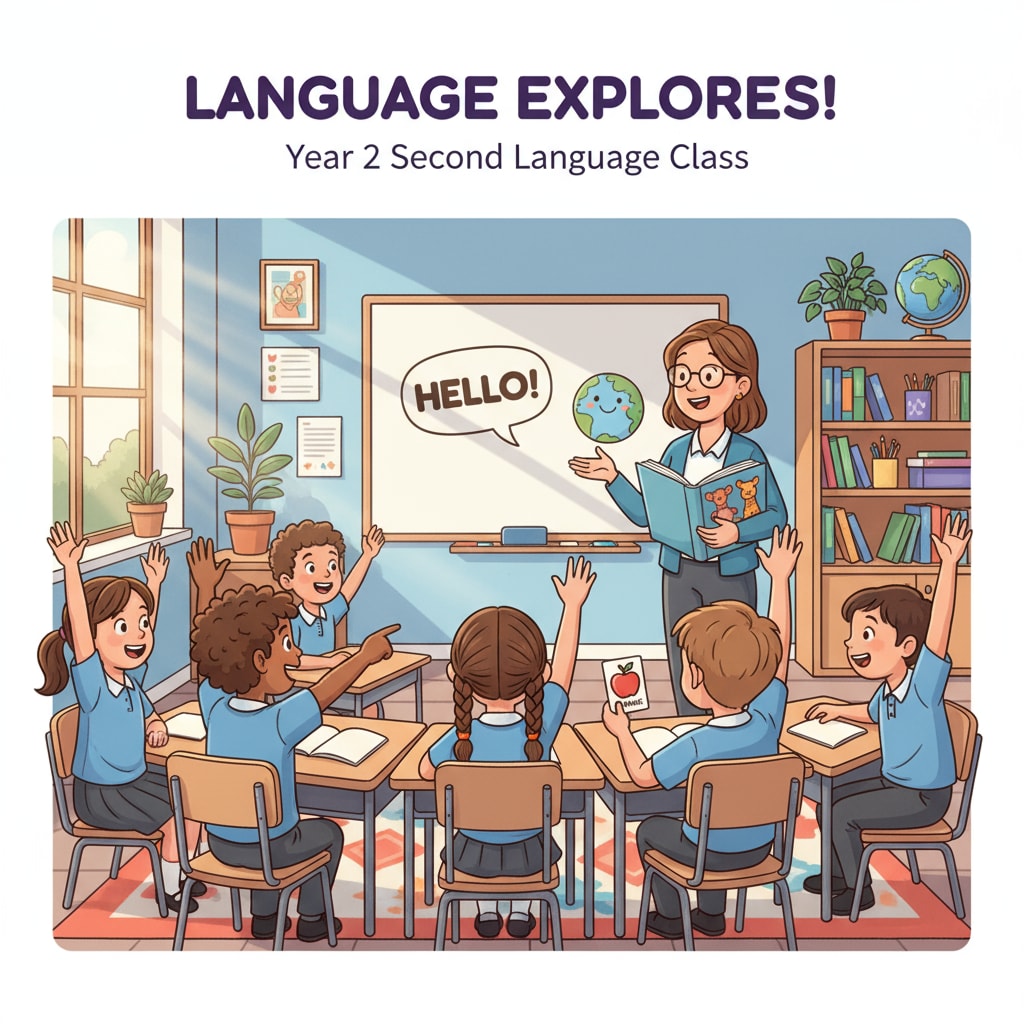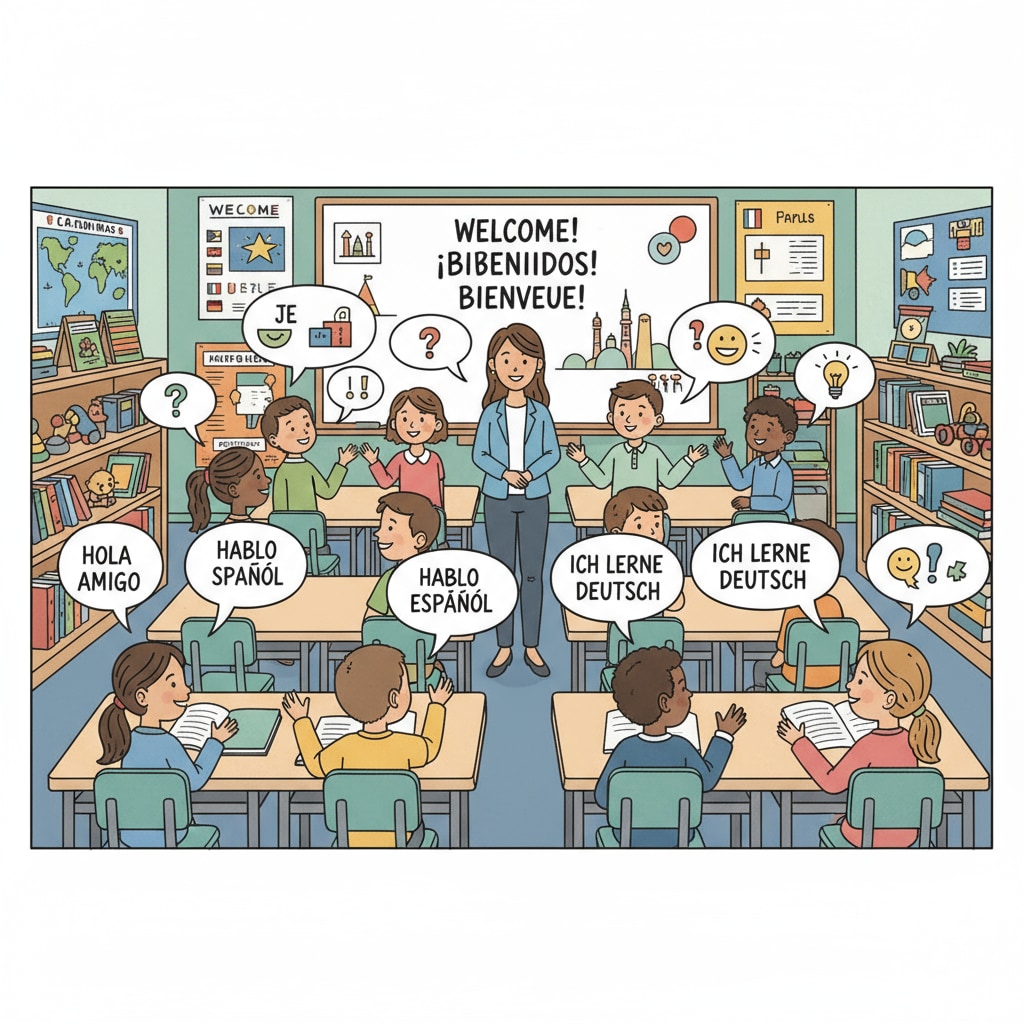Language teaching in early education is a crucial stage, and the choice of teaching methods plays a vital role. For lower primary school students, the right second language teaching methods can lay a solid foundation. In this article, we will compare the effectiveness of various second language teaching methods, aiming to provide valuable insights for educators.

Immersion Teaching: A Full – Immersion Language Experience
Immersion teaching involves surrounding students with the second language in all aspects of the learning environment. For example, in a French immersion class for lower primary students, all teaching materials, instructions, and classroom interactions are in French. This method is highly effective as it forces students to think and communicate in the target language from the start. According to Immersion Education on Britannica, immersion teaching can significantly improve students’ language proficiency in a relatively short period. It helps students develop natural language skills, similar to how they acquire their first language. However, it requires a high – level language environment and well – trained teachers.

Communicative Approach: Focusing on Real – Life Communication
The communicative approach emphasizes real – life communication in language teaching. Teachers design various communicative activities, such as role – plays and group discussions. For instance, in an English class, students might act out a shopping scenario. This method encourages students to express themselves, enhances their confidence in using the second language, and is closely related to language teaching in early education. As stated on Communicative Language Teaching on Wikipedia, it focuses on the functional use of language rather than just grammar rules. It also promotes interaction among students, which is beneficial for their social and language development.
In addition to the above two methods, there are also other effective approaches like the task – based approach and the multimedia – assisted approach. Each method has its own characteristics and advantages. Educators need to consider the cognitive development characteristics of lower primary school students when choosing teaching methods. By combining different methods appropriately, a more scientific, efficient, and suitable language learning environment can be created for students. This way, students can better master the second language and enjoy the learning process.
Readability guidance: We have used short paragraphs to clearly present each teaching method. The lists help summarize key points. We have also controlled the proportion of passive voice and long sentences, and added transition words like “however”, “for example”, and “in addition” to make the article flow smoothly.


